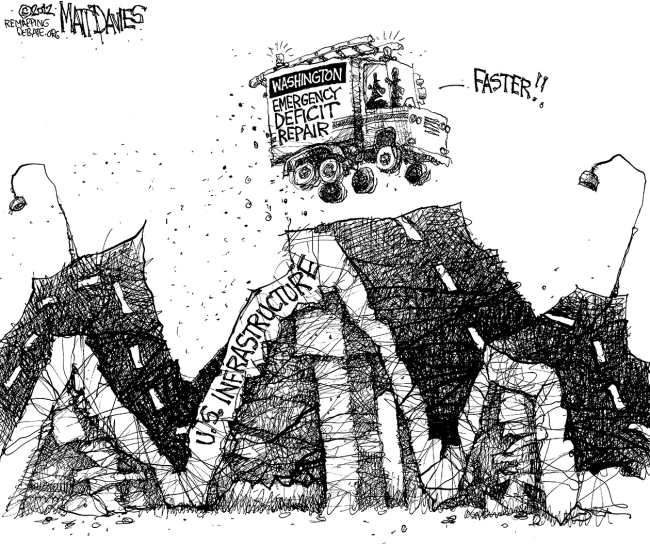Public transit 101: read a “how to start a business” book
The ticket to getting widespread transit adoption in U.S. cities? Invest in convenient service upfront. The riders will follow.
Public transit 101: read a “how to start a business” book
The ticket to getting widespread transit adoption in U.S. cities? Invest in convenient service upfront. The riders will follow.
A prescription for Long Island: fixing the sins of privately owned utility operators with more privatization
National Grid, which operates the electrical system for LIPA, is a for-profit company, yet Gov. Cuomo's Moreland Commission wants to double down. Is its initial recommendation the best way?
We’ll take the crumbs
In part 2 of our story on New York’s failure to get a full build-out of the Second Avenue subway, we focus on the area’s politicians — especially those who claim to be advocates of mass transit. Most hid from our questioning; some accepted the idea that key infrastructure needs will not be met; a few insisted that the decision to shortchange the Second Avenue subway was indefensible.
Nuclear power plant flood risk: Sandy was just a warm-up
The Northeast seaboard is chock-full of nuclear power plants. Sandy, for all its wrath, was only a Category 1 hurricane. Climate change will drive more severe storms, raise sea levels, and increase flood risks. To what extent has the industry and its regulator taken these projected climate change consequences into account?
Don’t hold your breath
A fully realized Second Avenue subway would replace service lost decades ago, help meet ever growing transit demand, and provide a wide range of economic and environmental benefits to New York City and its residents. Even though the entire line could be built at one time, and even though delay is more costly than action, all that has been funded is a less-than-two-mile stub.
